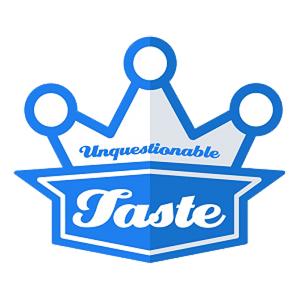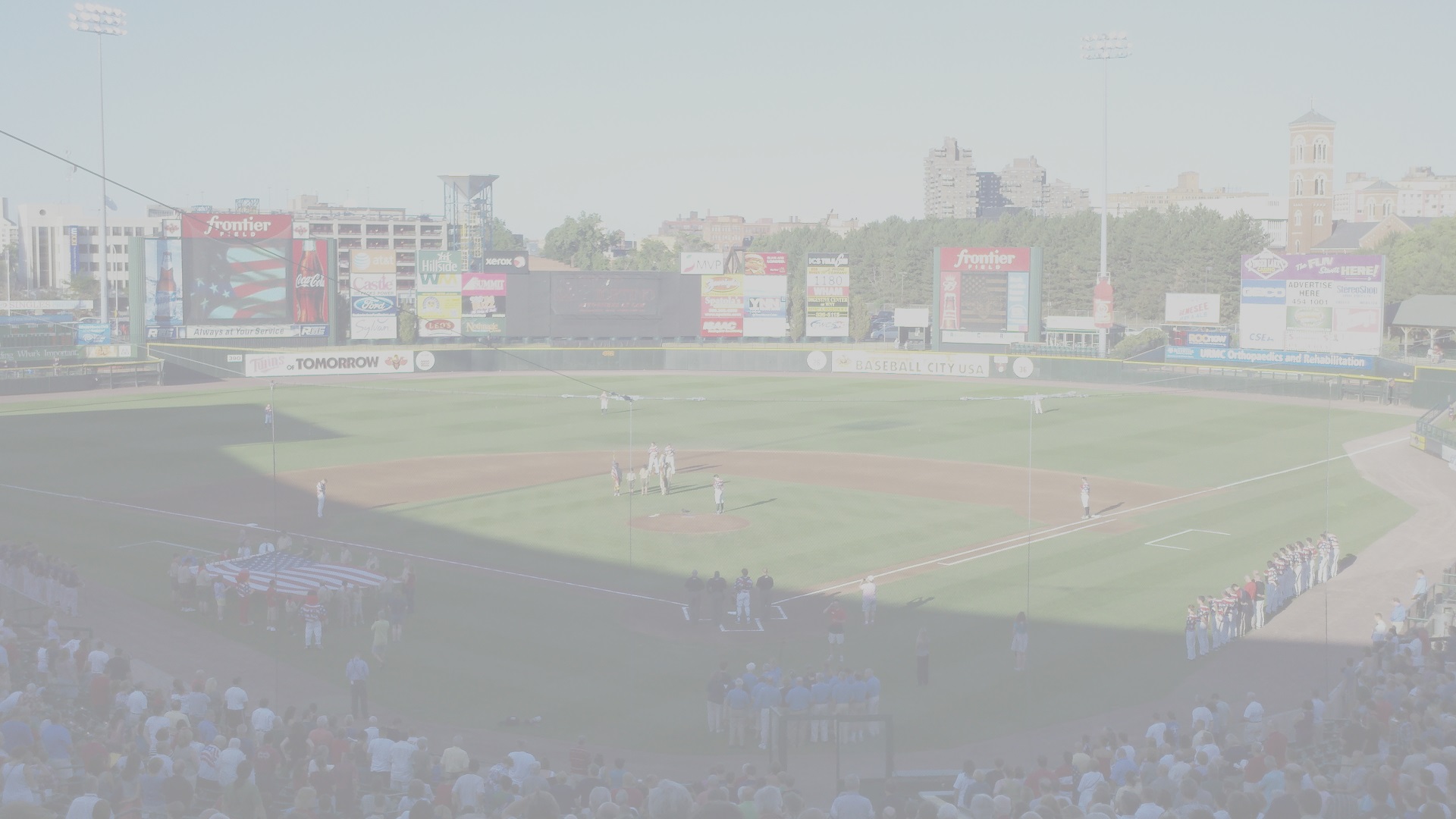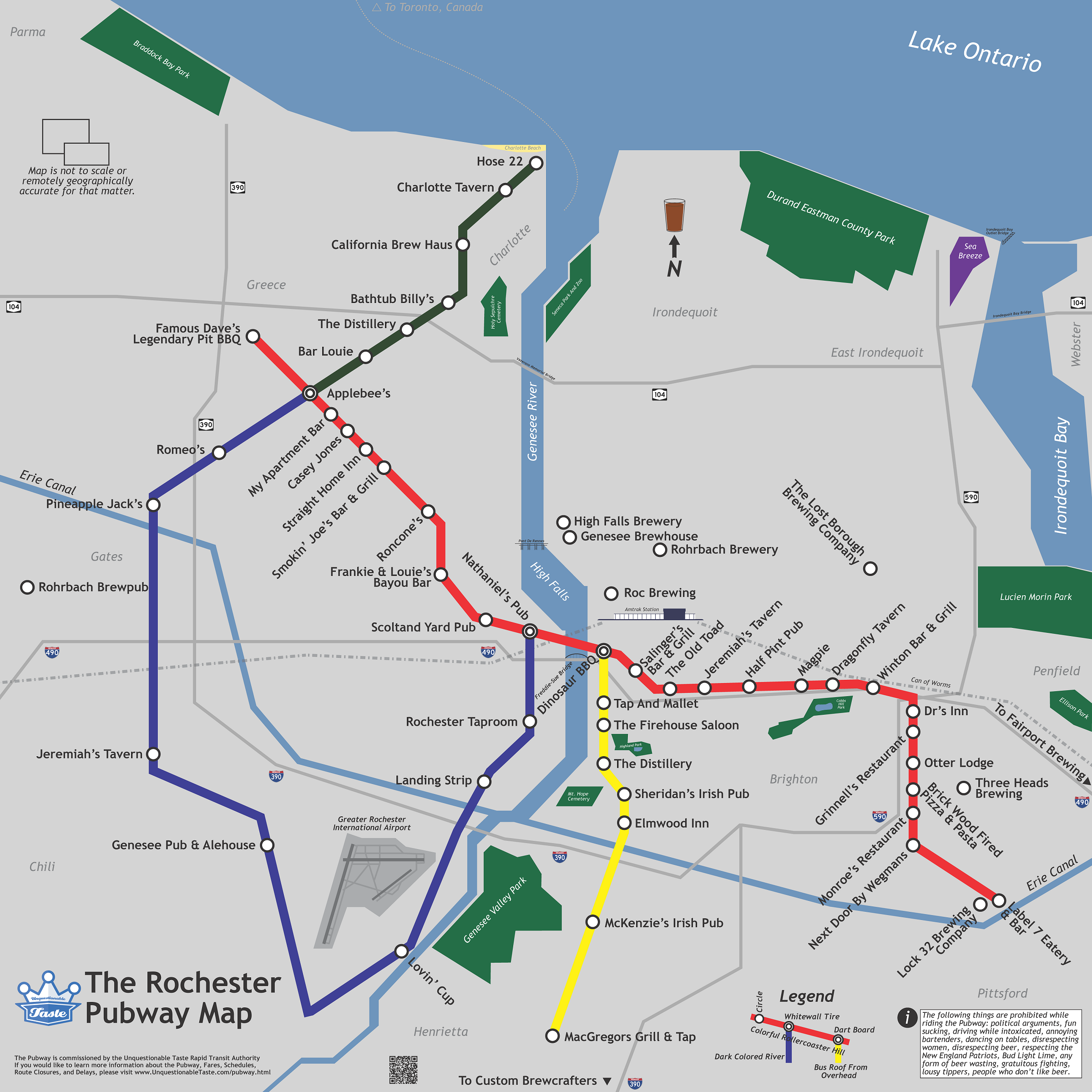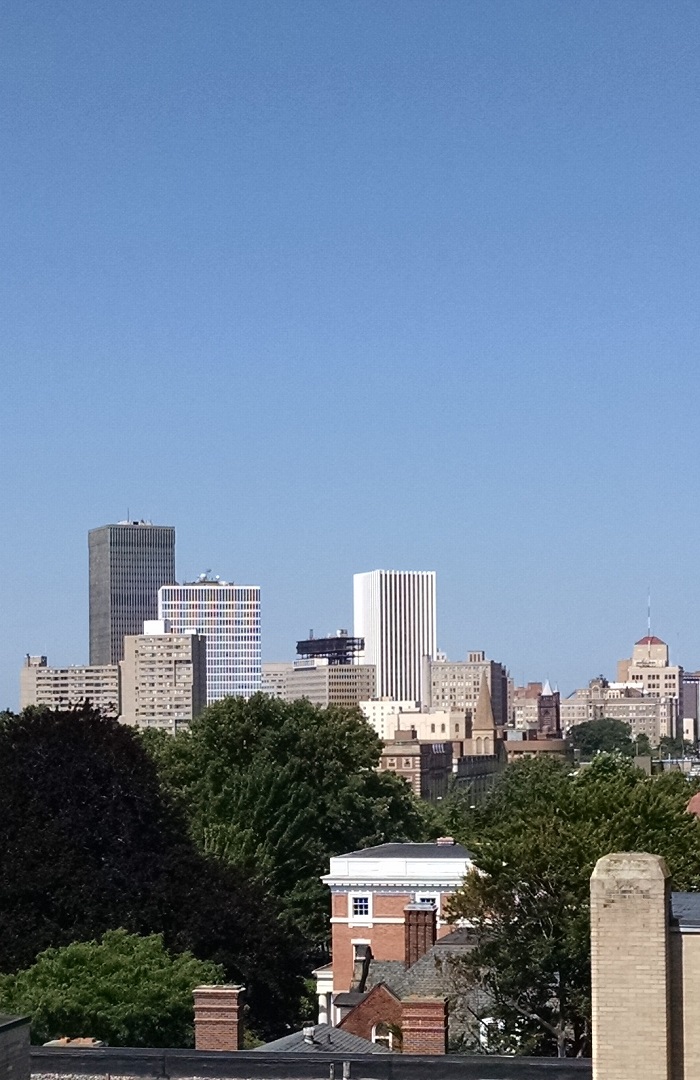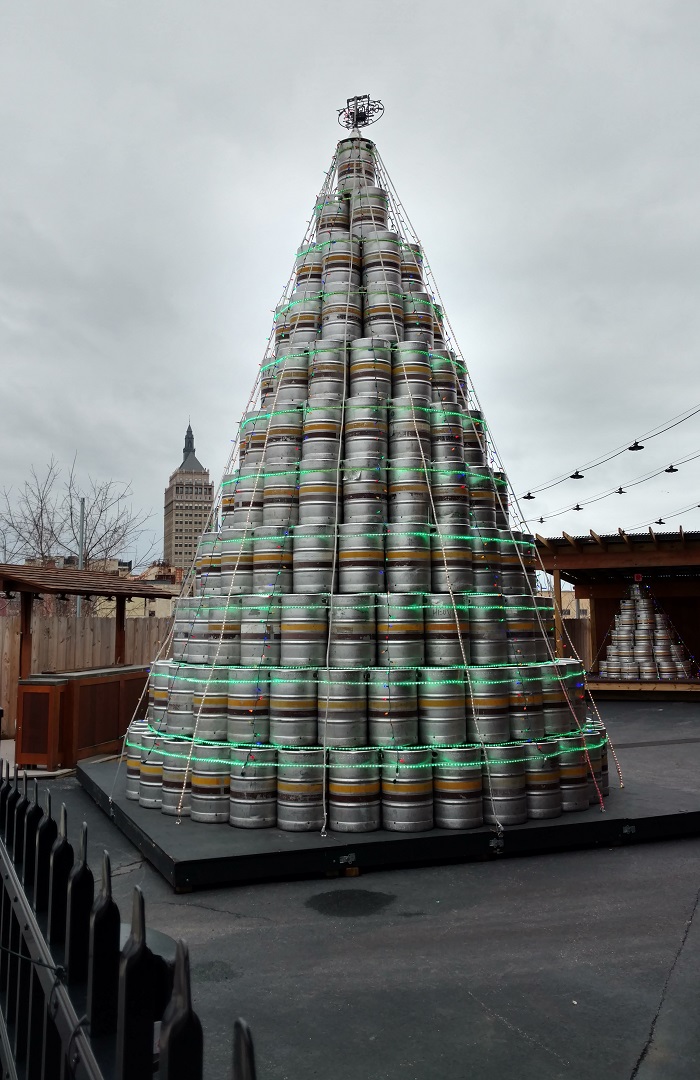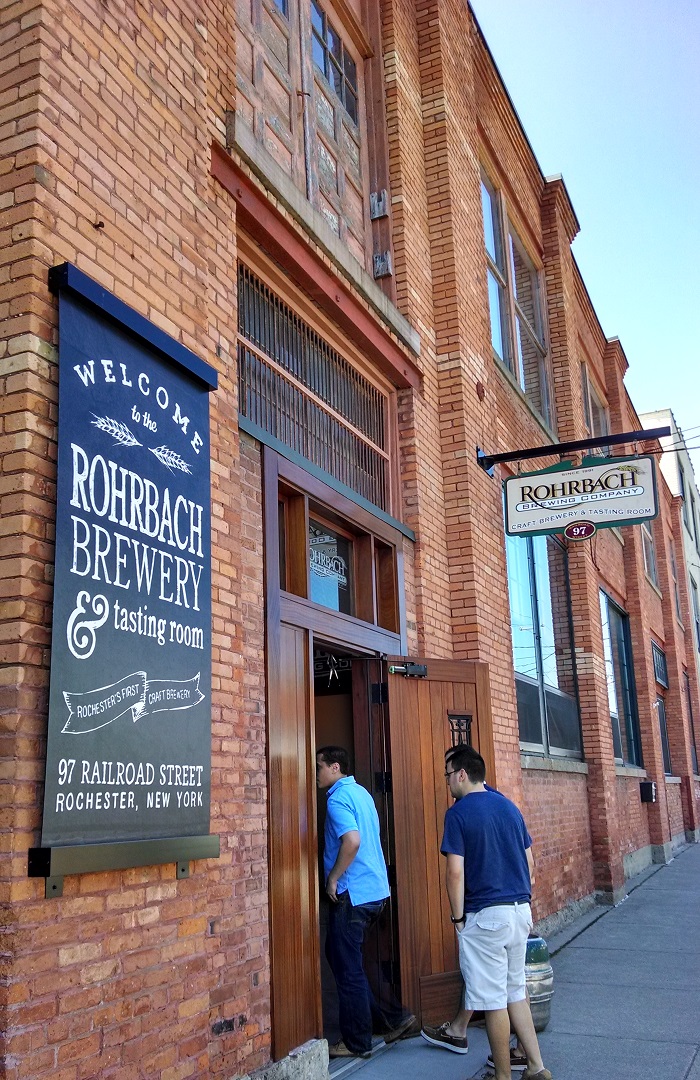First Published: May 16, 2014
Last Update: March 21, 2016
Garbage Plate
When the late 2000’s recession was wreaking havoc especially in areas like Florida, Nevada, and the Southwest, much of the Great Lakes region remained little changed for the most part. And that is because of the origin of the less than affectionate title, “Rust Belt.” At the height of the economic boom of the Great Lakes region, Rochester was a manufacturing center with international companies like General Motors, IBM, Eastman Kodak, and Xerox all maintaining a huge presence in the city. But a series of economic downshifts, high state taxes, increasing labor costs, and other factors forced many of these jobs out of the region, creating large gaps in industrial development, leading to lost jobs, depressed economies, crime, brownfields, and ultimately, the moniker Rust Belt. Fortunately, as we’re seeing in Buffalo, Rochester has been on a gradual, but steady trend of improvement since the trough of economic decline. Xerox and Kodak still represent major employers in the area, but the focus has turned to more research and high tech jobs. The city’s area colleges and universities are internationally recognized for their engineering, healthcare, and education accolades, and the population, as well as jobs, are slowly growing. The Flour City is New York State’s third largest city, and is located at the nexus of the Erie Canal and the Genesee River, just south of Lake Ontario. About equidistant from Buffalo and Syracuse, the city is also the third snowiest in America, receiving much of its frozen precipitation thanks to Erie and Ontario based Lake Effect Snow. Aside from the Erie Canal, the city’s history is also highlighted by abolitionist, newspaper North Star founder, and orator Frederick Douglass, who had lived in Rochester for over 25 years, film & photography innovator and entrepreneur, George Eastman who founded the Eastman Kodak Company, and women’s suffragist and abolitionist, Susan B. Anthony, who, with Elizabeth Cady Stanton, founded the National Woman Suffrage Association, the American Equal Rights Association, and whose efforts ultimately led to the 19th Amendment to the US Constitution, giving women the right to vote.
